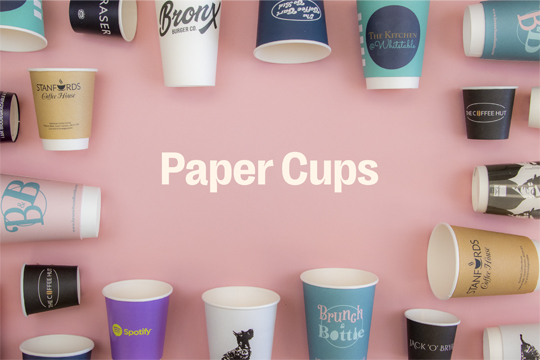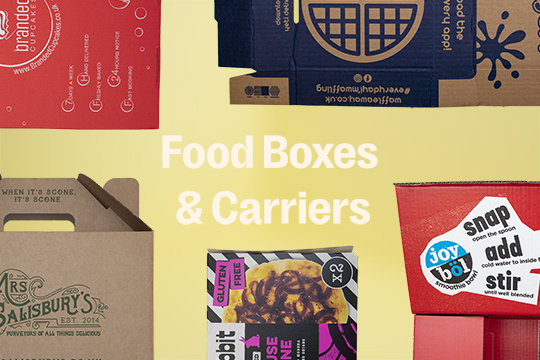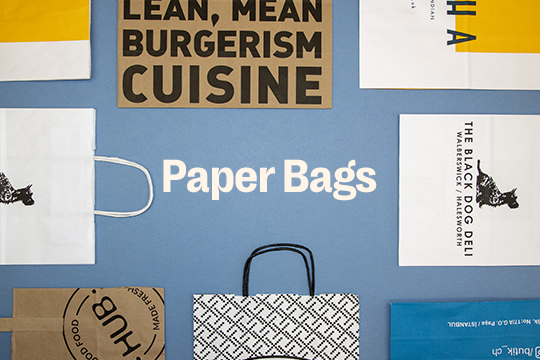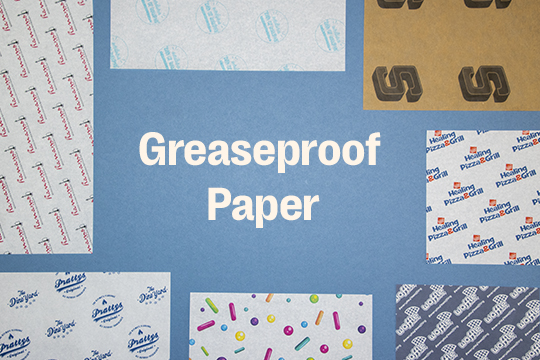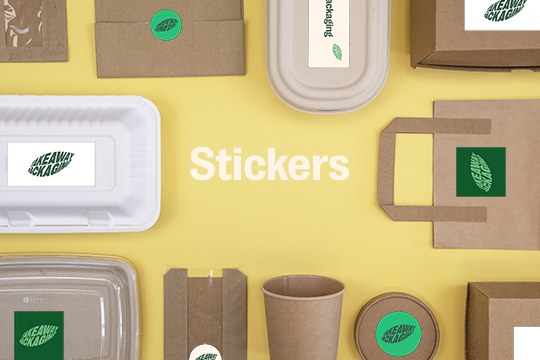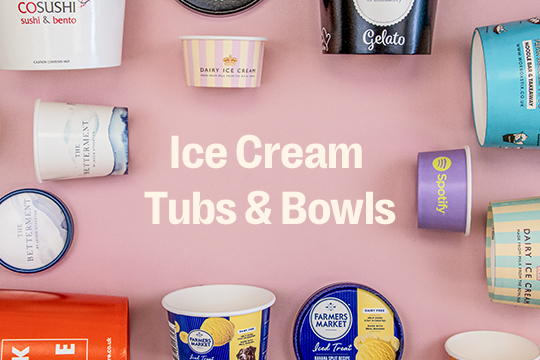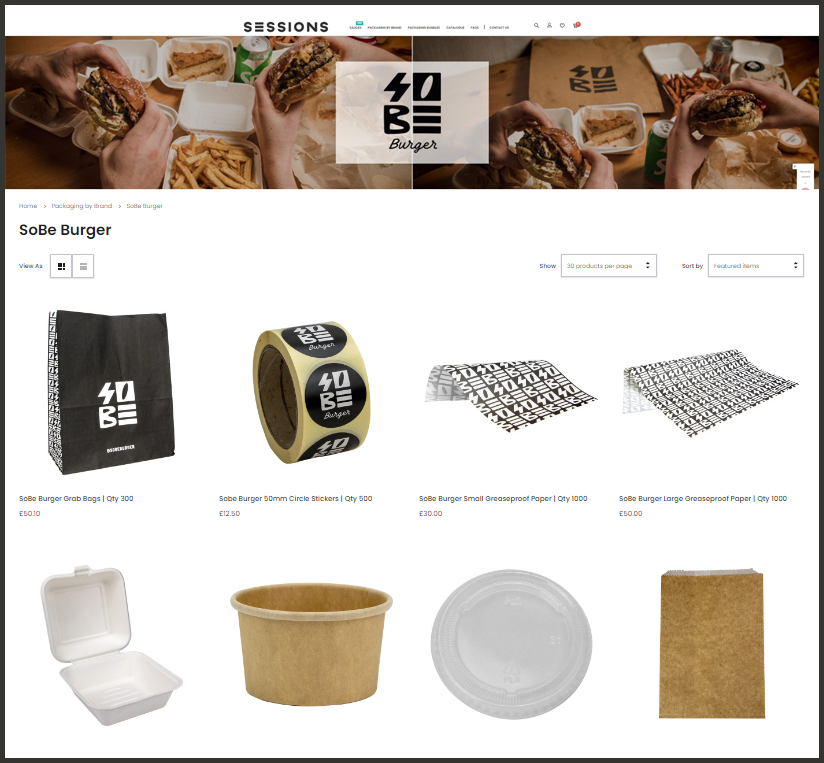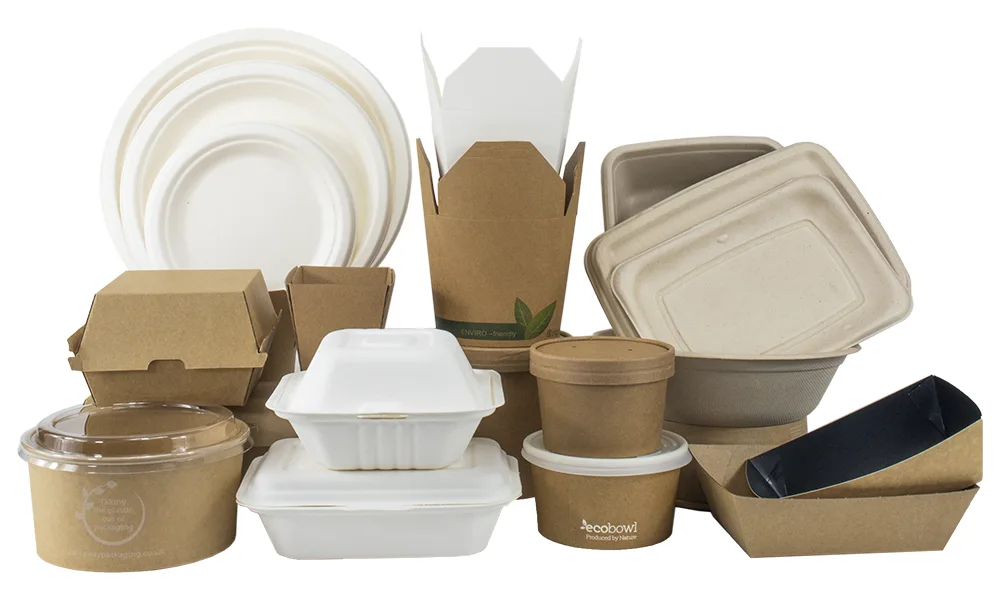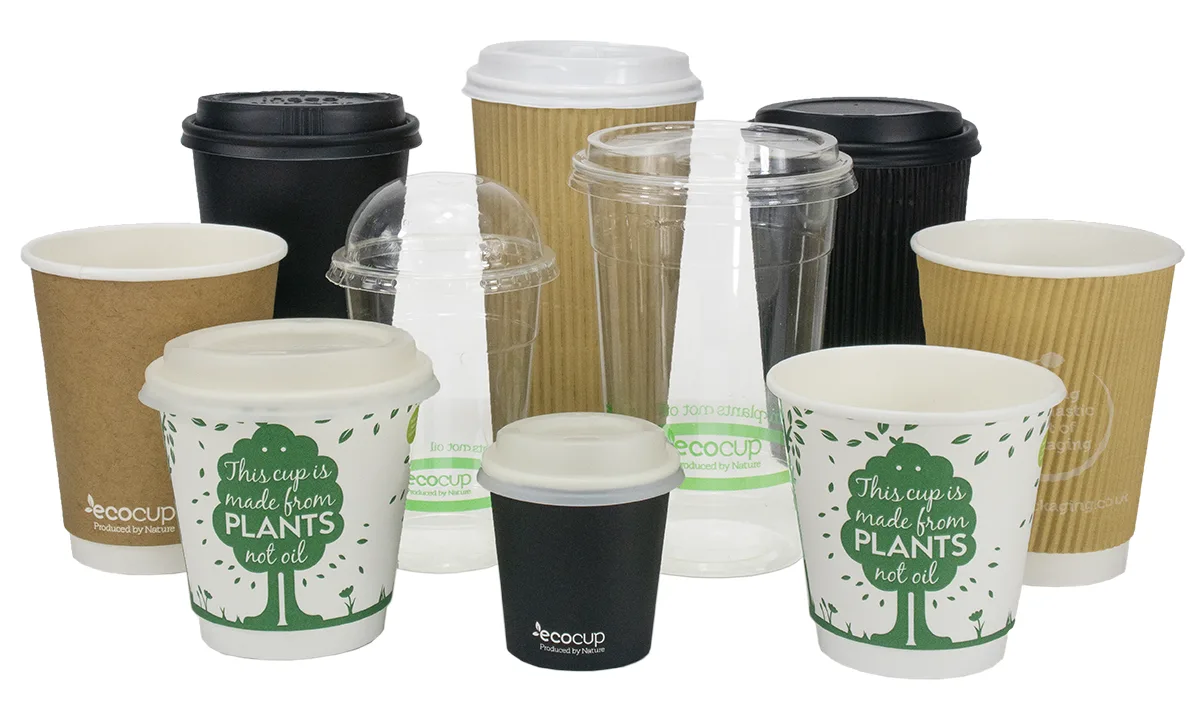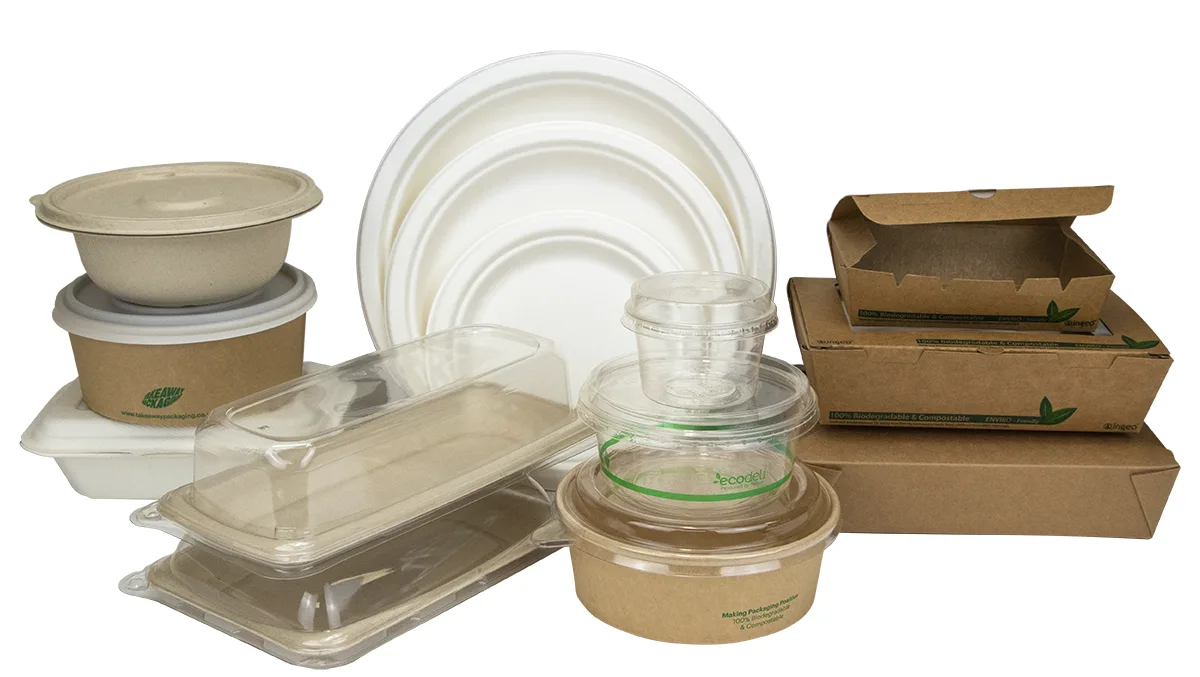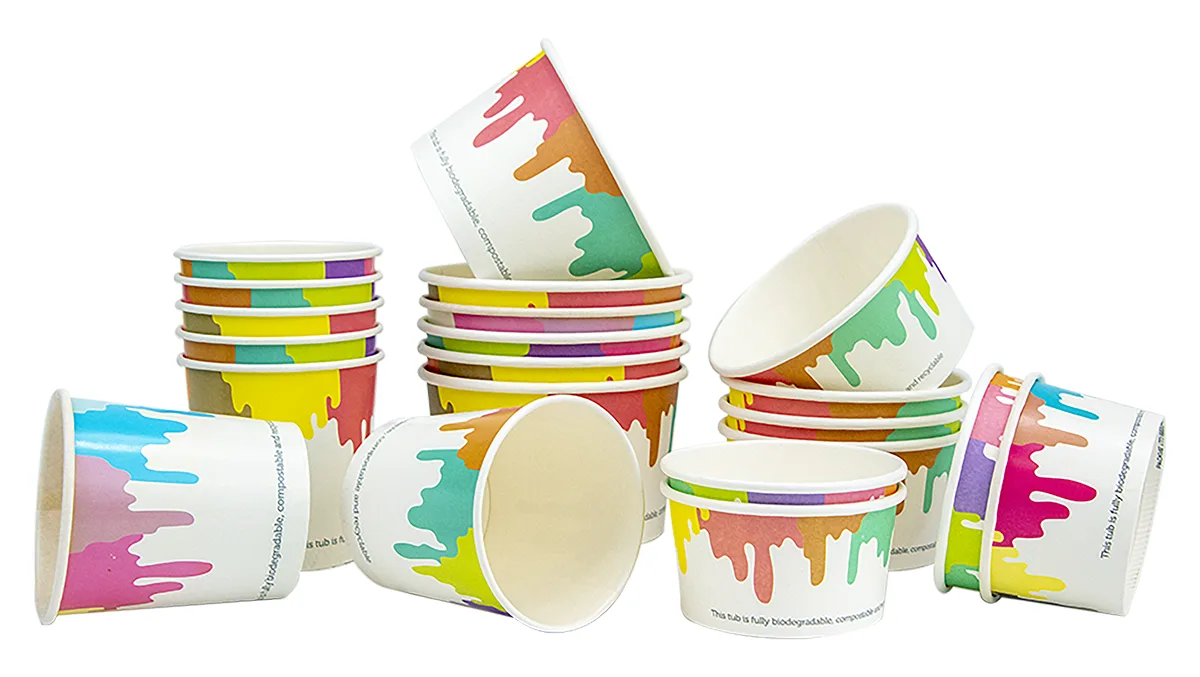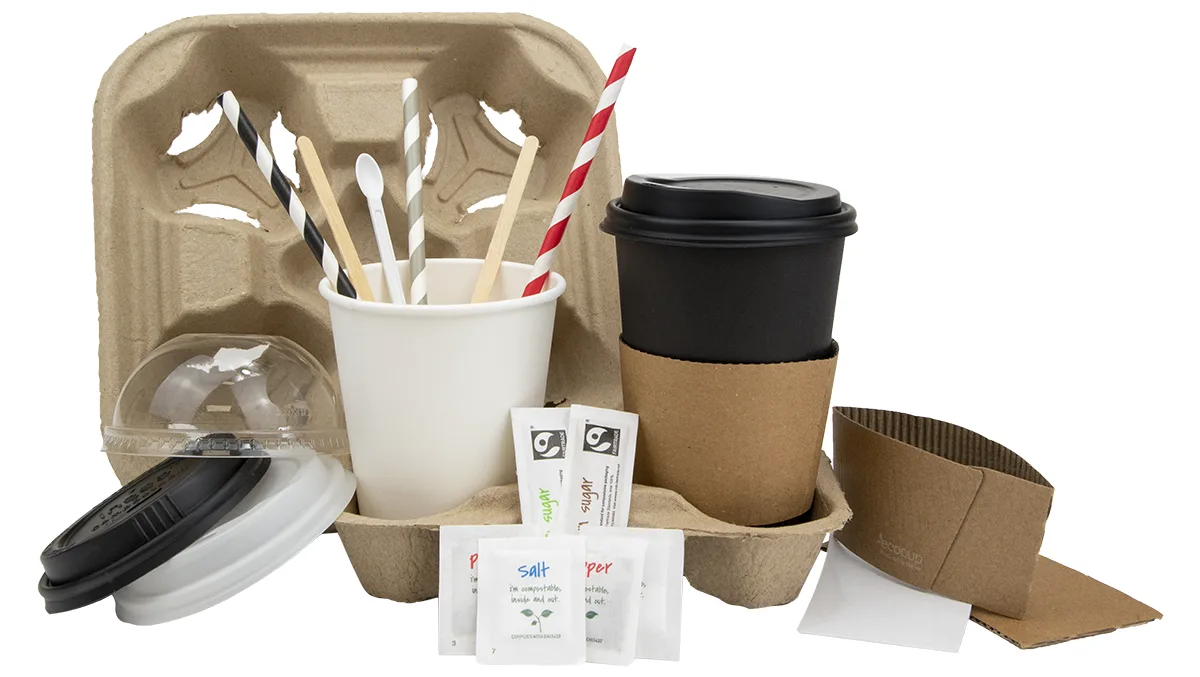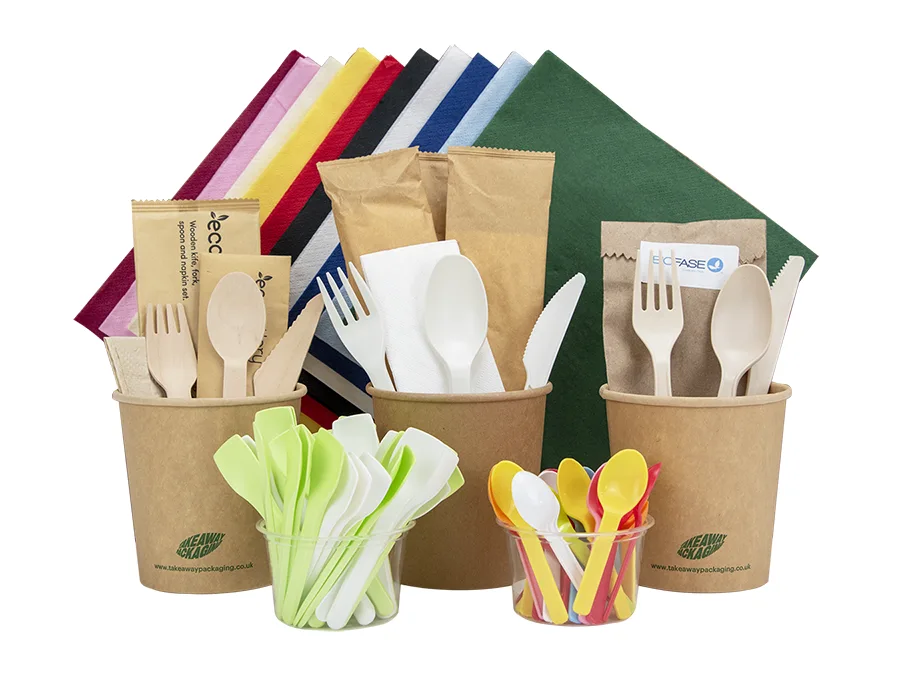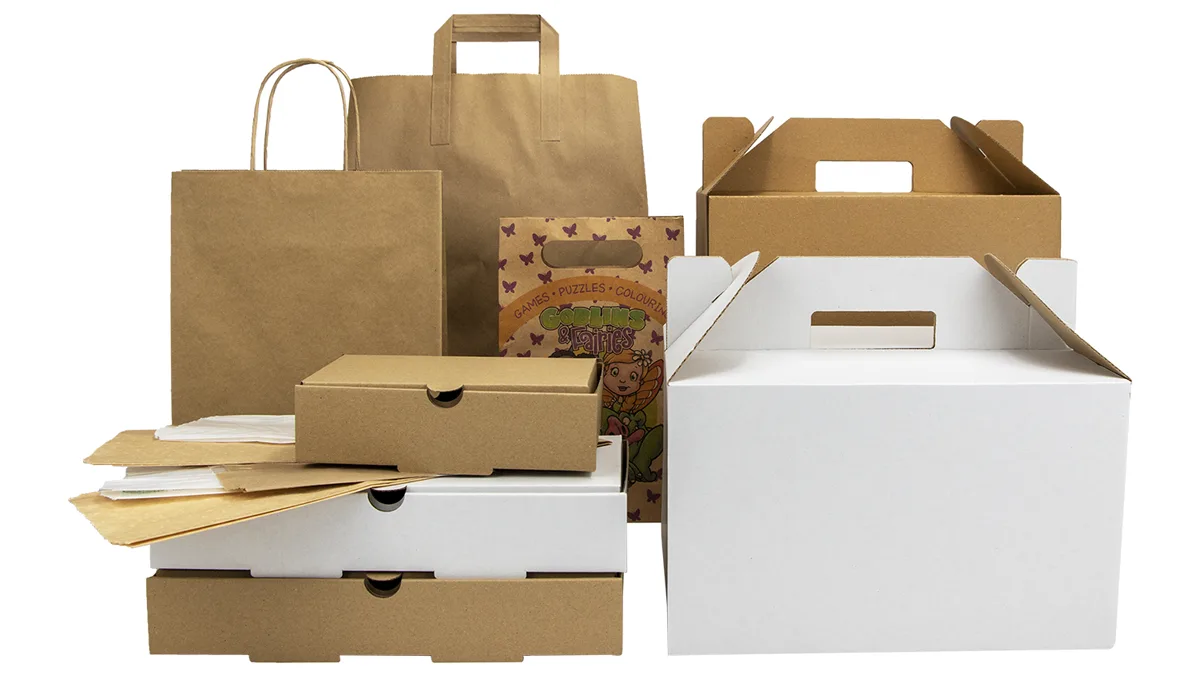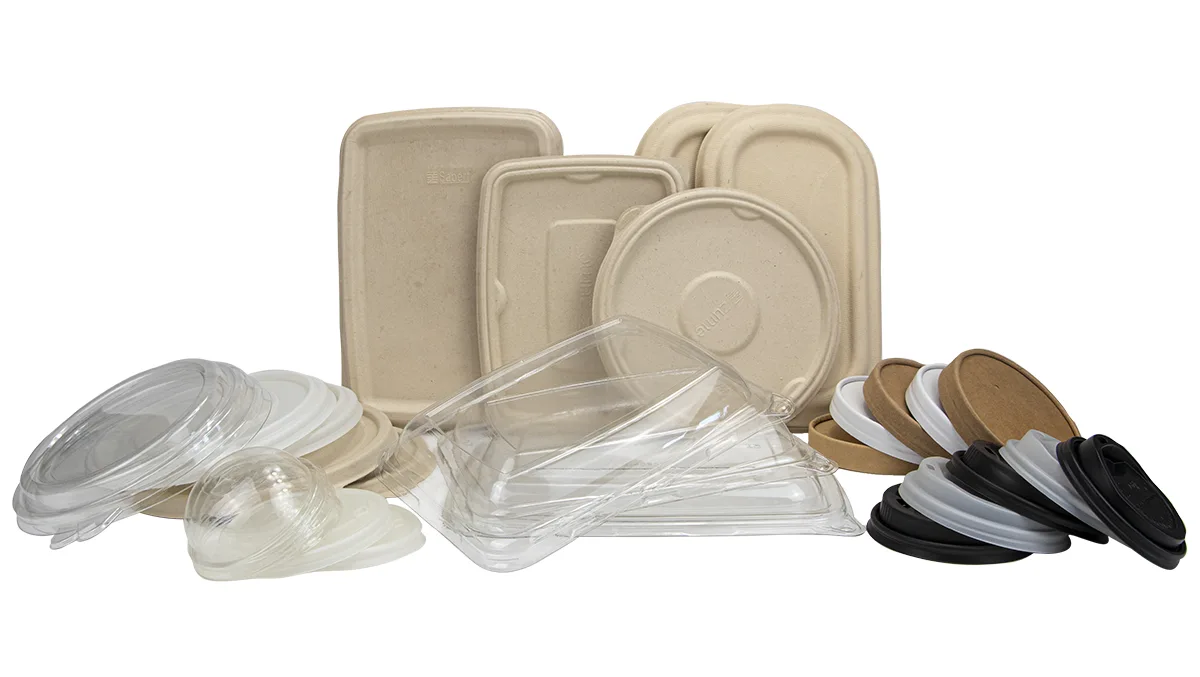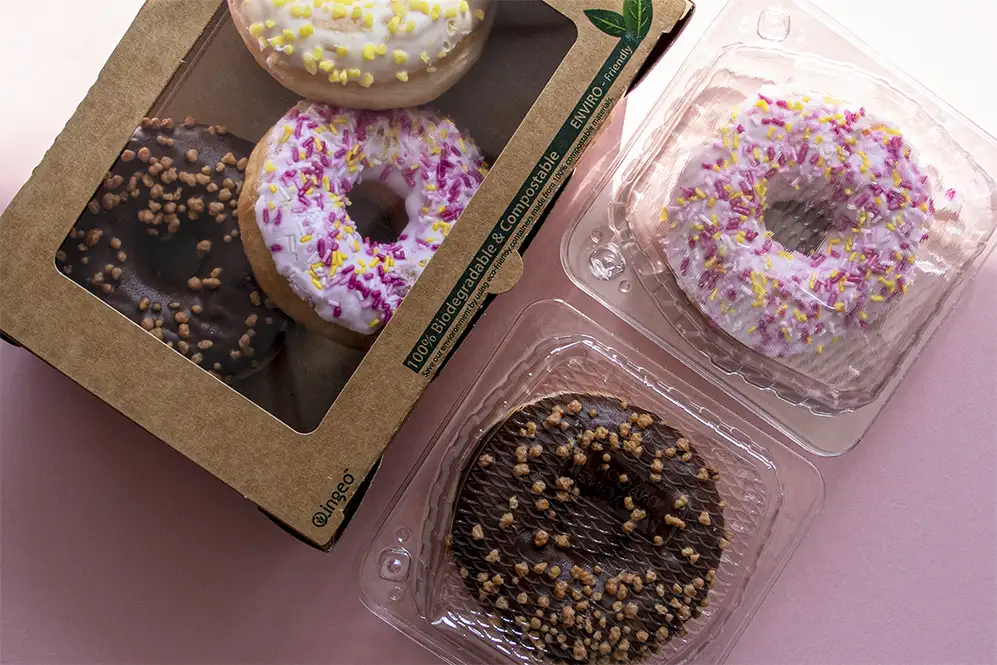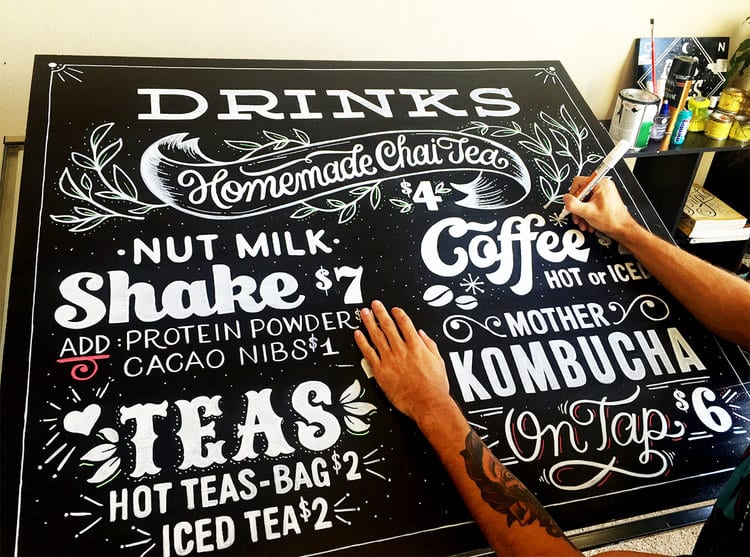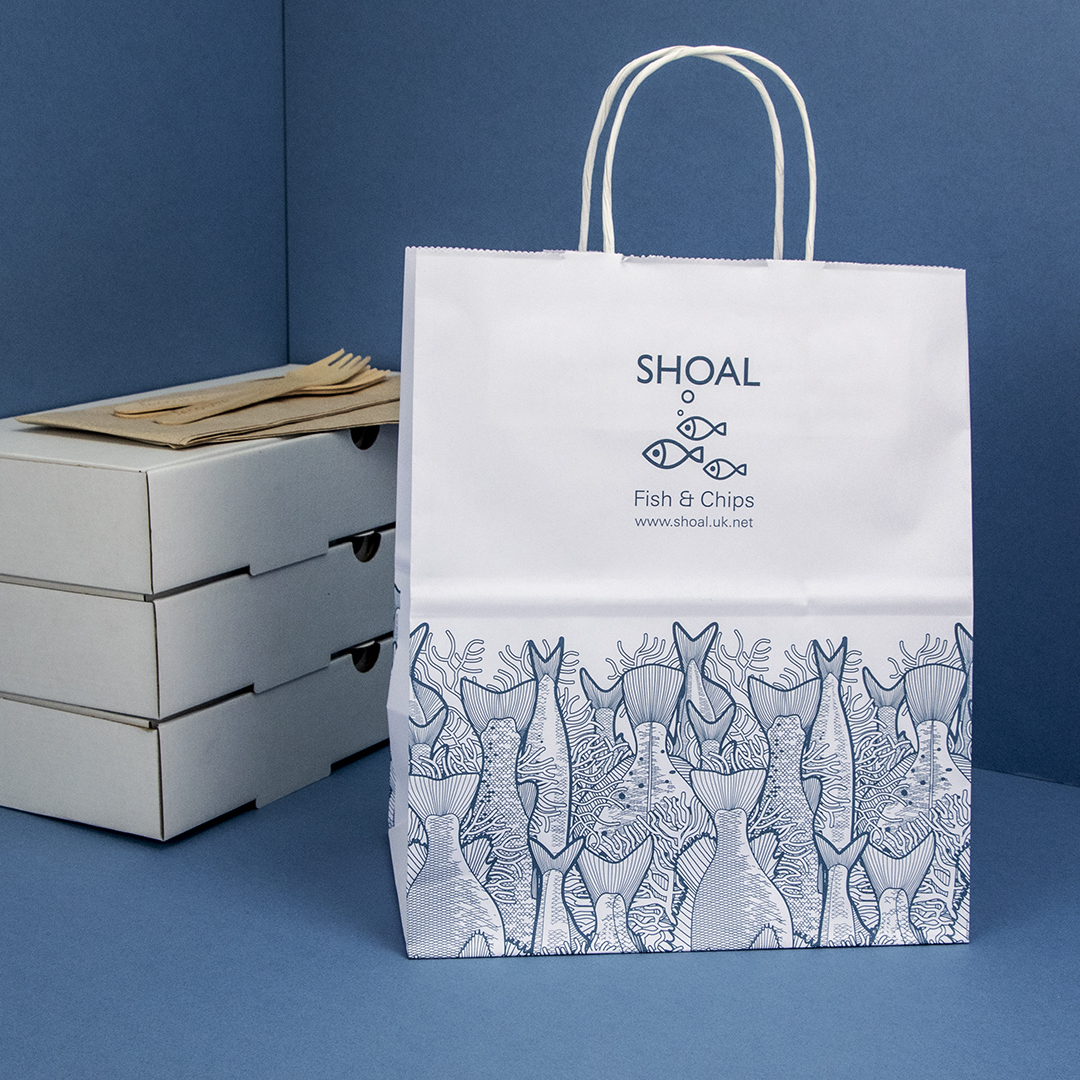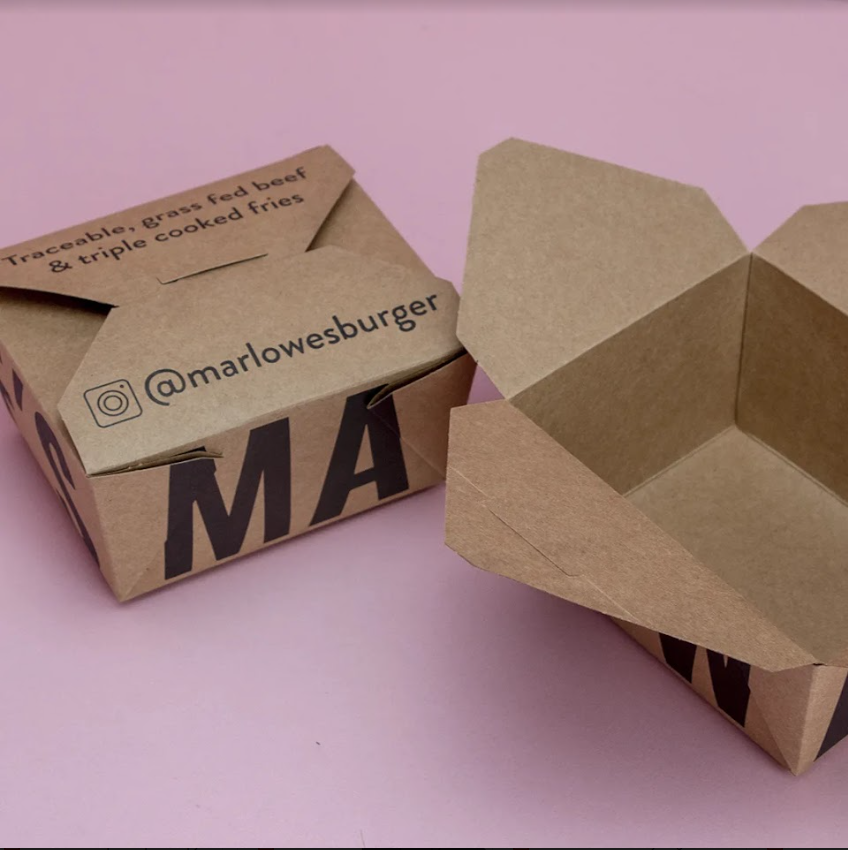Everybody knows that plastic packaging is bad for the environment, but did you also know it is bad for your health?
Businesses have been given greater reason to ditch plastics as more research comes to light regarding the toxicity of plastic packaging. The most recent studies have indicated that the chemicals found in plastics directly affect fertility and that by the year 2045, most couples trying to conceive will need some form of reproductive assistance — such as in vitro fertilisation (IVF) treatment — due to prolonged exposure to these chemicals.
Those kinds of statistics are pretty terrifying, but what makes plastics so dangerous, and how can you protect your customers and yourself from the harmful effects of plastics? The answer lies in the use of phthalates.
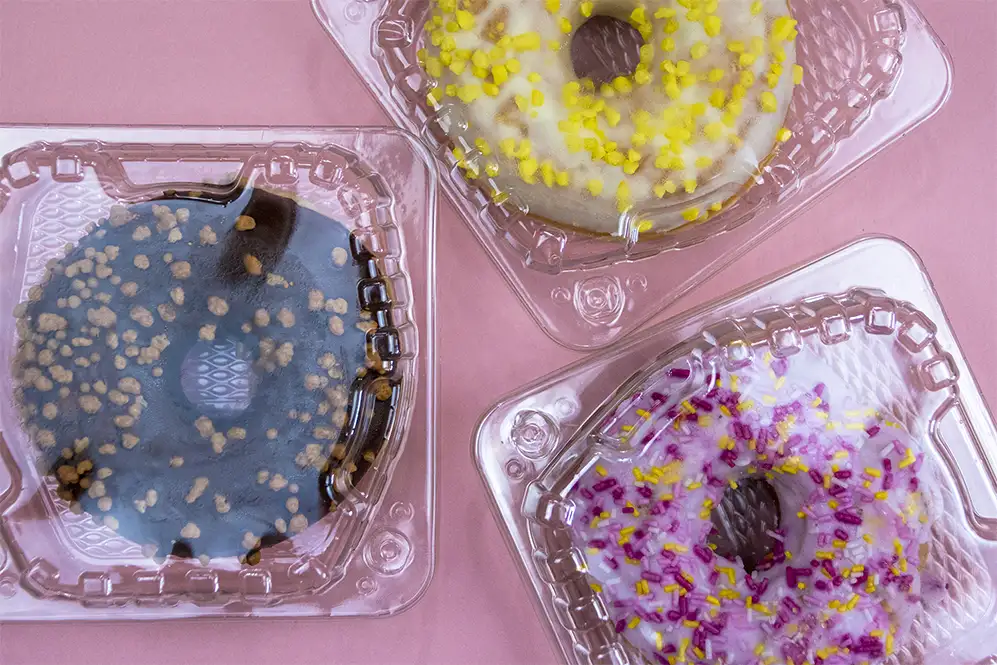 What Are Phthalates, and Are They Dangerous?
What Are Phthalates, and Are They Dangerous?
Phthalates are just some of the chemicals used to produce many different kinds of plastics, from personal care products to food packaging. DEHP is the most common phthalate chemical and is used as a plasticiser to make plastics more flexible and durable. However, phthalate usage has been called into question numerous times.
It’s believed that phthalates can cause a myriad of serious health issues if they’re metabolised by the body, which is almost impossible to avoid since phthalate-ridden plastic has been in circulation for several decades. The side effects of prolonged exposure to these chemicals include hormone imbalances, reduced sperm count and even lowered IQ of unborn children, to name just a few.
What’s most concerning is that phthalate metabolites — which serve as evidence that phthalates enter and contaminate the body — were discovered in humans nearly 20 years ago, yet plastic usage is still prevalent in many everyday products.
How Do Phthalates Get into the Body?
Your exposure to phthalates will vary depending on the kind of products you use, but sadly, they’re in pretty much every kind of product imaginable — from hair sprays, shampoos and soaps to food packaging and even children’s toys. So how do phthalates get into the body?
Phthalates can enter your system through your skin or be ingested. Once they enter your body, they’re metabolised — forming phthalate metabolites — and expelled as sweat or urine after around five hours. While it might be good news that phthalates don’t stick around, it’s the repeated and prolonged exposure to phthalates that causes the most amount of damage.
That means that using soap containing phthalates every time you wash your hands or eating food that’s come into contact with plastic packaging will allow more of these dangerous chemicals to enter your body on a regular basis, putting your health and the health of future generations in jeopardy.
What Can You Do to Avoid Phthalates?
If you’re concerned about the potentially damaging effects of phthalates, particularly if you’re pregnant, there are a few things you can do to limit your exposure:
1. Steer Clear of Plastic Packaging
It’s true that even if you get your milk delivered to your door in glass bottles, it’s quite possible that the milk has already come into contact with DEHP while being processed. It might have been passed through plastic tubes that contain phthalates, resulting in a contaminated product. You can limit your exposure to phthalates by sticking to plastic-free food packaging wherever possible and buying non-GMO, organic produce.
2 . Use Eco-Friendly and Phthalate-Free Products
As mentioned, phthalates can enter the body through your skin. Keeping your eye out for phthalate-free products that you can use at home and for your business — including soaps and cleaning products — will limit your exposure. Glass containers make a safer alternative for storing food at home and are also much more durable than plastic tubs.
3. Don’t Reheat Food in Plastic Packaging
When plastics are heated, they are more likely to expel dangerous chemicals. While it might be convenient for customers to reheat last night’s takeaway in the packaging it came in, chemicals found in plastic packaging can enter your food during this process. This means that phthalates and microplastics will be ingested. Don’t put your customers’ health at risk and stick to plastic-free packaging for your food and drinks products.
Why You Should Use Eco-Friendly Packaging
Serving takeaways in plastic-free packaging won’t just protect your customers from harmful chemicals, but it’ll also help protect the environment. It’s 100% biodegradable and will degrade naturally over time since it’s made from natural, non-toxic, responsibly sourced materials.
Eco-friendly packaging doesn’t compromise on functionality either, as it’s made from durable, high-quality materials like Kraft paper and even avocado seeds. If you want to help people limit their exposure to plastic-based packaging and the harm it can cause, plastic-free packaging makes an ideal solution.
Concerned about phthalates and in need of a safer, more effective packaging solution? Visit our online shop and discover eco-friendly, plastic-free packaging perfect for all kinds of cuisine today.


